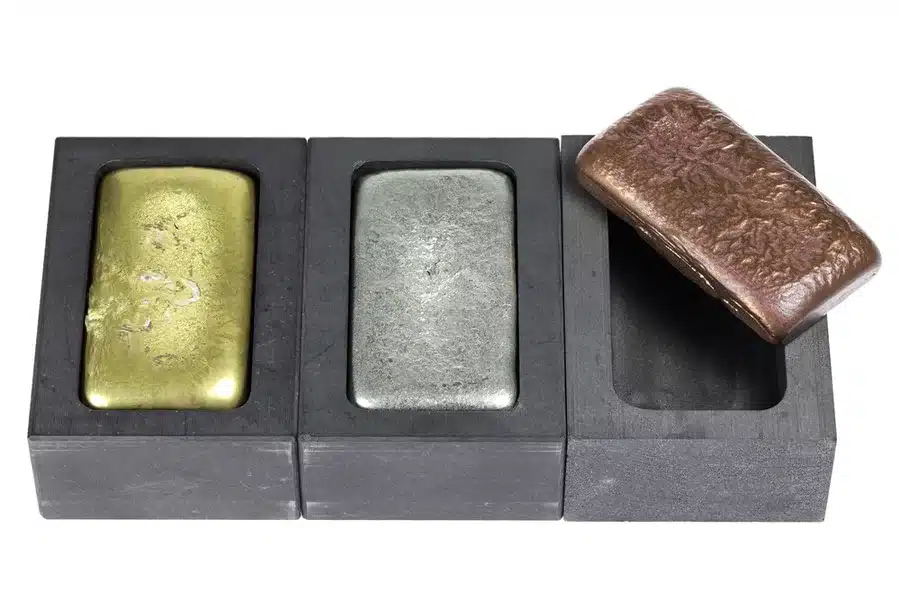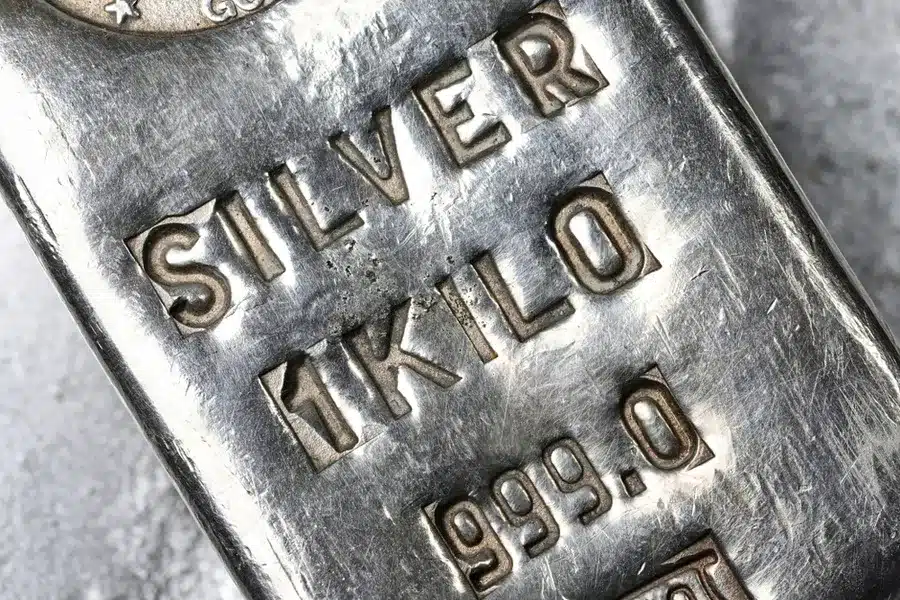TLDR:
- A self-directed IRA allows more control over your retirement savings
- You can invest in alternative assets like real estate or private equity
- Understand self-directed IRA rules and prohibited transactions
- Setup requires an IRA custodian
- Offers tax-deferred or tax-free growth based on the IRA type
A self-directed IRA (SDIRA) is a type of individual retirement account (IRA) that gives you more control over your investment choices.
Unlike traditional IRAs, which typically offer a limited range of investments such as stocks, bonds, and mutual funds, a self-directed IRA allows you to invest in a broader range of alternative assets. If you're looking for greater flexibility and the opportunity to diversify your retirement portfolio, an SDIRA could be a great option.

What Is a Self-Directed IRA?
A self-directed IRA is a tax-advantaged retirement plan that enables the account owner to make all investment decisions. The main difference between an SDIRA and a traditional or Roth IRA is the range of investment options. With a self-directed IRA, you can invest in alternative assets such as real estate, private equity, precious metals, and even cryptocurrency.
The type of IRA can be either traditional (tax-deferred) or Roth (tax-free growth). In both cases, the account holder receives the same tax advantages as with standard IRAs.
How Do I Set Up a Self-Directed IRA?
Setting up a self-directed IRA involves several steps:
- Choose an IRA custodian: An SDIRA must be held by a qualified IRA custodian who handles administrative tasks and ensures compliance with IRS rules.
- Open your account: Complete the necessary paperwork and choose whether your SDIRA will be a traditional or Roth account.
- Fund your account: Transfer funds from an existing retirement plan or make a new contribution.
- Select your investments: As the account owner, you direct the custodian on how to allocate the funds.
It’s wise to consult a financial advisor when setting up and managing a self-directed IRA to ensure your investment decisions align with your overall retirement strategy.
Investment Options for a Self-Directed IRA
Self-directed IRAs offer access to a variety of alternative assets, which can include:
- Real estate properties
- Private equity or private placements
- Precious metals (gold, silver, platinum)
- Cryptocurrency
- Promissory notes or mortgage notes
- Tax lien certificates
This flexibility makes SDIRAs attractive for investors with specific expertise or a desire to diversify beyond traditional markets.
Self-Directed IRA Rules to Know
While SDIRAs offer more investment choices, they also come with strict rules. It’s important to follow these to maintain your account’s tax-advantaged status.
Prohibited Transactions
Certain transactions are not allowed within a self-directed IRA. The IRS prohibits dealings between the IRA and a “disqualified person,” which includes:
- You (the account holder)
- Your spouse
- Your children or parents
- Any entity in which you hold a controlling interest
Examples of prohibited transactions include:
- Purchasing property for personal use with your IRA funds
- Lending money to yourself or a disqualified person from the IRA
- Hiring a disqualified person to manage property owned by the IRA
Custodian Oversight
Even though you’re making the investment decisions, your IRA custodian must handle the administrative functions and ensure compliance. They don’t provide investment advice, so management of your investments is your responsibility.
Self-Directed IRA Fees
Because of the additional complexity and oversight required, self-directed IRAs often come with higher fees than traditional IRAs. These can include:
- Setup fees: One-time costs to open the account
- Annual maintenance fees: Ongoing fees for account administration
- Transaction fees: Charges for each investment made or asset purchased
Be sure to understand the fee structure before choosing a custodian. Some may charge based on the number of assets held or the overall value of the account.
Tax Advantages and Risks
As with other IRAs, self-directed IRAs offer tax advantages:
- Traditional SDIRA: Contributions may be tax-deductible, and earnings grow tax-deferred
- Roth SDIRA: Contributions are made with after-tax dollars, but withdrawals in retirement are tax-free
However, these benefits come with risks. Alternative investments can be illiquid, difficult to value, and subject to fraud. Due diligence is essential.
Is a Self-Directed IRA Right for You?
A self-directed IRA is best suited for experienced investors who:
- Want to invest in alternative assets
- Understand the rules and are comfortable managing their own retirement plan
- Can handle the added complexity and fees
This type of account can significantly expand your investing strategy, but it’s not for everyone. Mistakes can lead to hefty penalties or loss of tax-deferred status.
The Bottom Line
So, what is a self-directed IRA? It’s a powerful tool for building retirement savings with flexibility and control. But with greater freedom comes greater responsibility. Understanding self-directed IRA rules, prohibited transactions, and fee structures is key to successful self-directed IRA management.
Always consult a financial advisor and choose a reliable IRA custodian to help you navigate the complexities. With careful planning and informed investment decisions, a self-directed IRA can be an effective part of a long-term retirement strategy.





